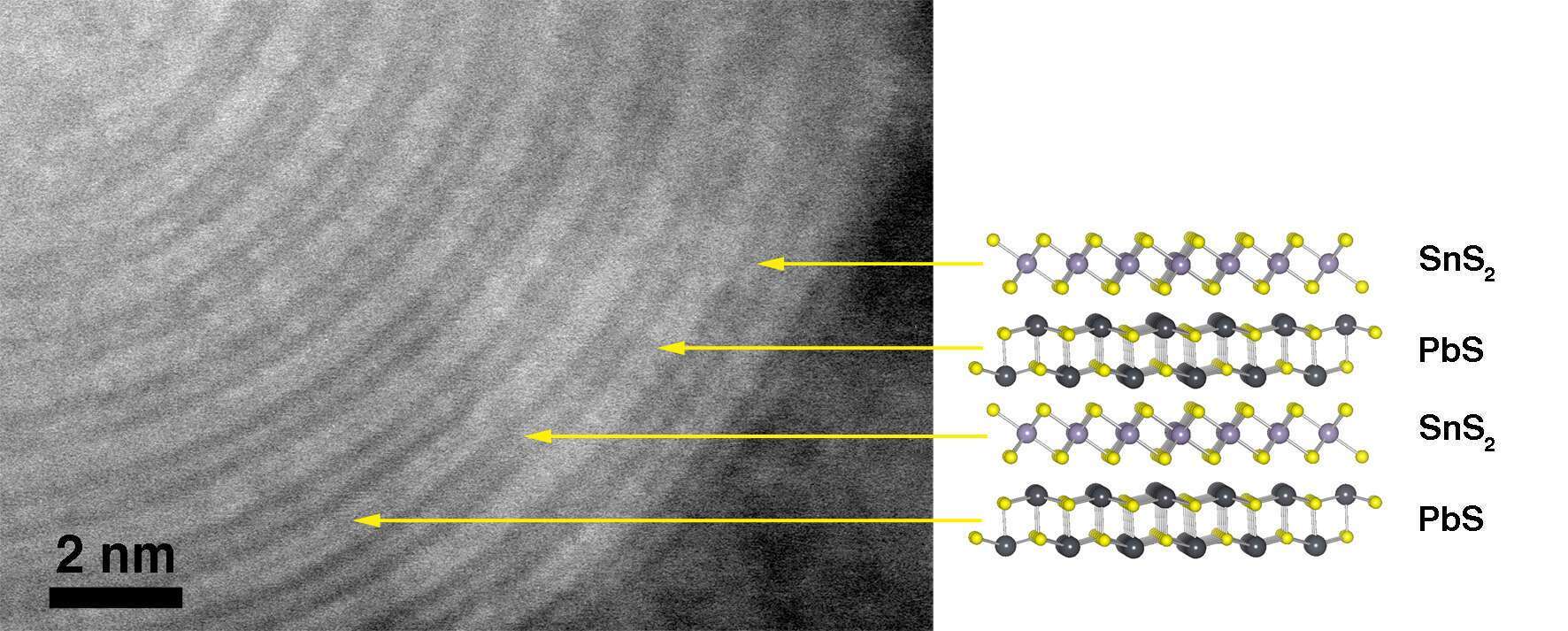
SOLAR SYNTHESIS OF PbS-SnS2 SUPERSTRUCTURE NANOPARTICLES
2Electron Microscopy Unit, Weizmann Institute of Science, Rehovot
3Department of Solar Energy and Environmental Physics, Jacob Blaustein Institutes for Desert Research, Ben-Gurion University of the Negev, Sede Boqer Campus
4The Pearlstone Center for Aeronautical Engineering Studies, Department of Mechanical Engineering, Ben-Gurion University of the Negev, Beer-Sheva
Inorganic fullerene-like structures and inorganic nanotubes became a world popular research subject in recent years. So far a number of synthetic routes have been developed for production of inorganic nanotubes made of misfit layered compounds.
A new procedure for the synthesis of PbS-SnS2 misfit fullerene-like nanoparticles is represented here1. This is a fundamentally distinct type of misfit nanostructure, closed-caged nanoparticles from PbS-SnS2, which, had neither been proposed nor synthesized previously. The unique reactor conditions created in the solar furnace are found to be particularly conducive to the formation of these nanomaterials. Detailed structural and chemical characterization revealed a spontaneous inside-out formation mechanism, with a broad range of nonhollow fullerene-like structures starting at a diameter of ∼20 nm and a wall thickness of ∼5 layers.

Figure1: High-resolution STEM HAADF image of a single PbS-SnS2 superstructure.
- O. Brontvein, A. Albu-Yaron, M. Levy, D. Feuerman, R. Popovitz-Biro, R. Tenne, A. Enyashin and J. M. Gordon, ACS Nano, 2015, 9, 7831-7839.
Powered by Eventact EMS